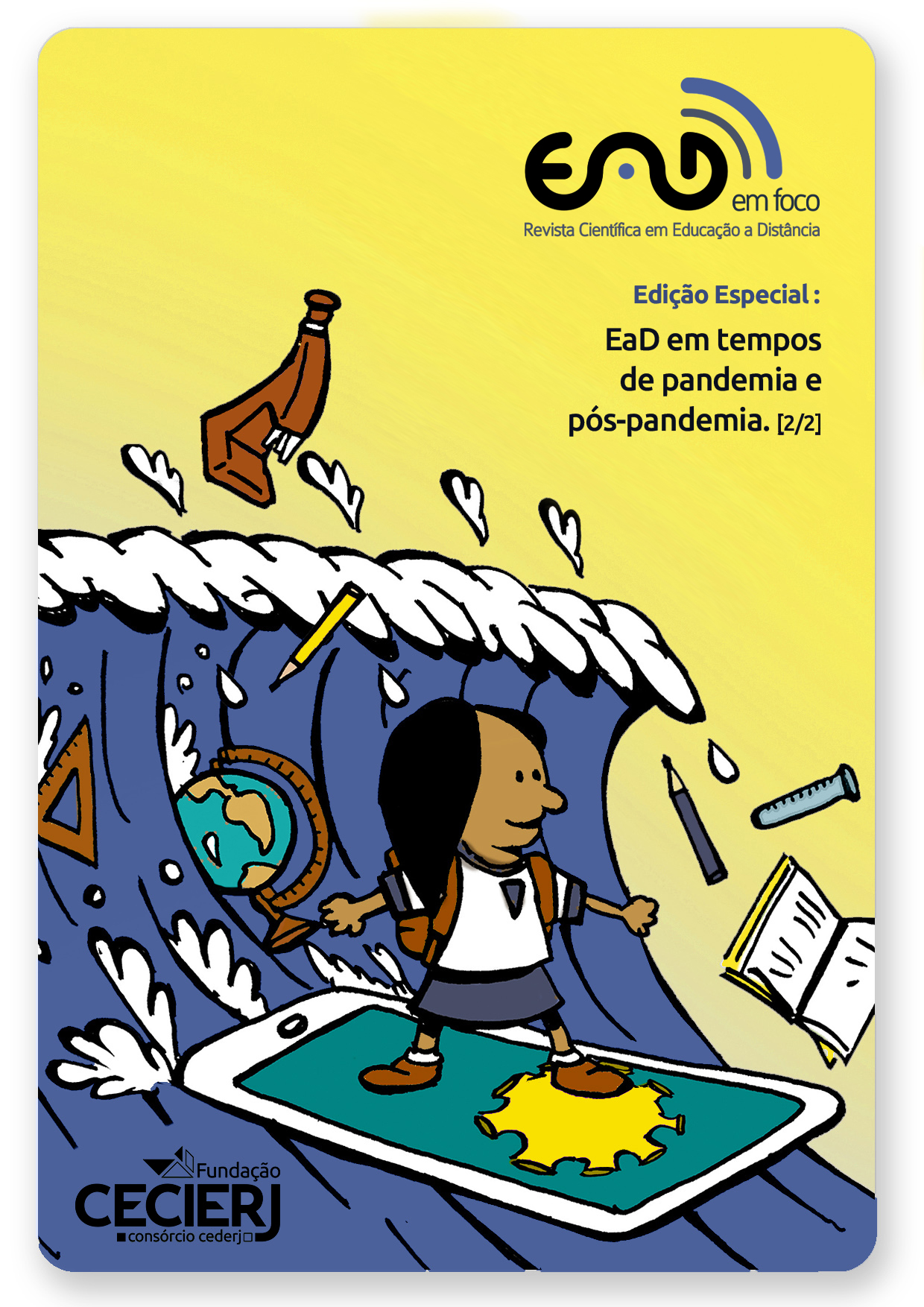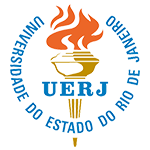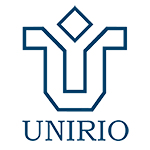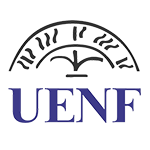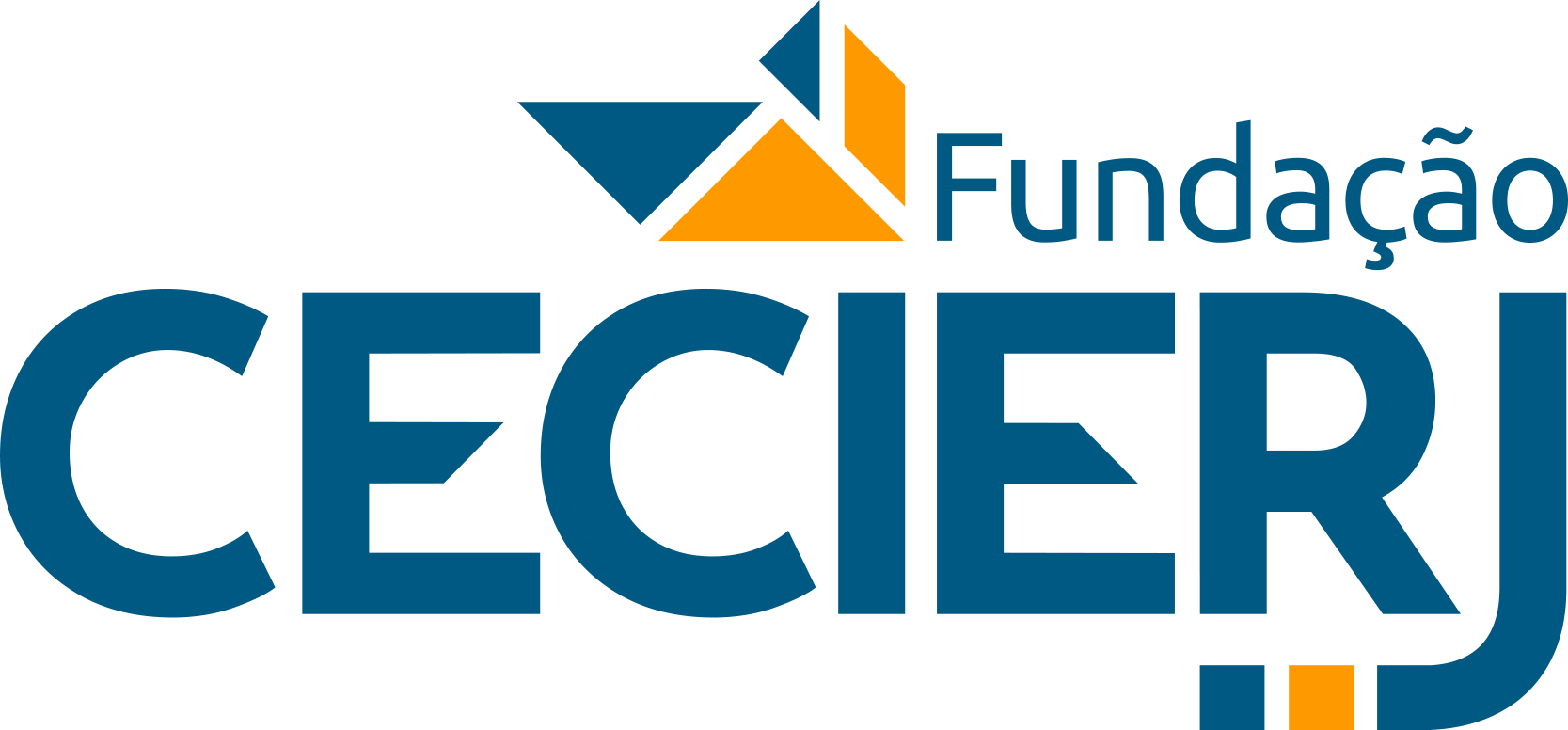For a New Teacher Education: Why Is It Important to Learn How to Use Technologies in Education?
DOI:
https://doi.org/10.18264/eadf.v11i2.1347Abstract
The year of 2020 was affected by the SARS-CoV-2 pandemic, causing a migration of the curricula developed in the face-to-face modality for the Emergency Remote Teaching (ERT). In this context, there is an urgent discussion regarding the training of teachers in order to use technologies in an educational context. In this sense, the present work aims to analyze a specific case of teacher training for the use of technology in undergraduate courses in view of the demands of teachers. It is a theoretical-practical work motivated by empirical data and curriculum discussion. The locus of the research is the Virtual University of São Paulo State, a public institution that offers undergraduate courses in the distance modality, with more than 45 thousand active students. The empirical data motivating the research were extracted from the evaluation of a training course on the use of technologies for remote classes. It was realized through the analysis of the proposals of the disciplines, works delivered by students and project proposals the possibilities of training for appropriation of technologies in a critical way in the training of teachers. It is concluded that it is increasingly necessary as a basic element in teacher training.
Keywords: Remote teaching. Distance education. Teacher training. Educational technology.
Downloads
References
ARRUDA, E. P. Educação remota emergencial: elementos para políticas públicas na educação brasileira em tempos de Covid-19. EmRede - Revista De Educação a Distância, v. 7, n. 1, p. 257-275, 2020. Disponível em: https://www.aunirede.org.br/revista/index.php/emrede/article/view/621. Acesso em: 10 dez. 2020.
BARDIN, L. Análise de conteúdo. São Paulo: Edições 70, 2011.
BEHAR, P. A. Modelos Pedagógicos para a Educação a Distância. Porto Alegre: Artmed, 2009.
BEHAR, P. A. Competências em Educação a Distância. Porto Alegre: Grupo A, 2013.
BRASIL. Ministério da Educação. Dispositivos para Formação Superior para a Docência na Educação Básica. Disponível em: http://portal.mec.gov.br/index.php?option=com_docman&view=download&alias=70141-rcp001-17-pdf&category_slug=agosto-2017-pdf&Itemid=30192. Acesso em: 05 dez. 2020.
CHIZZOTTI, A. Pesquisa em Ciências Humanas e Sociais. 11. ed. São Paulo: Cortez, 2010.
CONSELHO NACIONAL DE EDUCAÇíO. Parecer CNE-CP nº 02, de 09 de junho de 2015. Institui Diretrizes Curriculares Nacionais para a Formação Inicial e Continuada dos Profissionais do Magistério da Educação Básica. Brasília: Conselho Nacional de Educação. 2015.
CONSELHO NACIONAL DE EDUCAÇíO. Resolução CNE-CP nº 02, de 20 de dezembro de 2019. Define as Diretrizes Curriculares Nacionais para a Formação Inicial de Professores para a Educação Básica e institui a Base Nacional Comum para a Formação Inicial de Professores da Educação Básica (BNC-Formação). Brasília: Conselho Nacional de Educação. 2019.
GARBIN, M. C.; OLIVEIRA, E. T. ; PIRILLO, N. R. ; AZEVEDO, A. S. Práticas pedagógicas inovadoras para a formação de professores. Revista Brasileira de Aprendizagem Aberta e a Distância, v. 1, p. 1-25, 2020. Disponível em: http://seer.abed.net.br/index.php/RBAAD/article/view/388. Acesso em 21 ago. 2020.
GARBIN, M. C.; OLIVEIRA, É. T. Práticas docentes na Educação a Distância: um olhar sobre as áreas do conhecimento. Diálogo Educacional, v. 19, n. 60, p. 36-55, 2019. Disponível em: http://dx.doi.org/10.7213/1981-416X.19.060.DS02. Acesso em: 05 nov. 2020.
KOEHLER, M.; MISHRA, P. What happens when teachers design educational technology? The development of technological pedagogical content knowledge. Journal of Educational Computing Research, v. 32, n. 2, p. 131-152, 2005.
KOEHLER, M.; MISHRA, P. Introducing TPCK. In: AACTE. Handbook of Technological Pedagogical Content Knowledge (TPCK) for Educators. Routledge: New York and London, 2008. p. 3-30.
OLIVEIRA, É. T. EaD e Ambientes Virtuais de Aprendizagem: Dimensões orientadoras para seleção de mídias. 2019. 177 f. Tese (Doutorado em Educação) – Faculdade de Educação da Universidade de São Paulo, São Paulo, 2019. Disponível em: https://teses.usp.br/teses/disponiveis/48/48134/tde-04112019-163653/publico/EDISON_TROMBETA_DE_OLIVEIRA_rev.pdf. Acesso em: 27 jan. 2020.
MOREIRA, J. A. M.; HENRIQUES, S.; BARROS, D. Transitando de um ensino remoto emergencial para uma educação digital em rede, em tempos de pandemia. Dialogia, São Paulo, n. 34, p. 351-364, 2020.
SHULMAN, L. Those who understand: knowledge growth in teaching. Educational Research, v. 15, n. 2, p. 4-14, 1986.
SHULMAN, L. Knowledge and teaching: foundations of the new reform. Harvard Educational Review, v. 57, n. 1, p. 1-22, 1987.
UNESCO, 2020. COVID-19: impact on Education. Disponível em: https://en.unesco.org/covid19/educationresponse. Acesso em: 06 dez. 2020.
UNICEF, Report: How many children and young people have internet access at home? Estimating digital connectivity during the COVID-19 pandemic, 2020. Disponível em: https://data.unicef.org/resources/children-and-young-people-internet-access-at-home-during-covid19/. Acesso em: 05 dez. 2020.
Downloads
Published
How to Cite
Issue
Section
License
Copyright (c) 2021 EaD em Foco

This work is licensed under a Creative Commons Attribution 4.0 International License.
All articles published in Revista EaD em Foco receive the license
Creative Commons - Atribuição 4.0 Internacional (CC BY 4.0).
All subsequent publications, complete or partial, must be made with the acknowledgment, in citations, of the Revista EaD em Foco as the original editor of the article.

